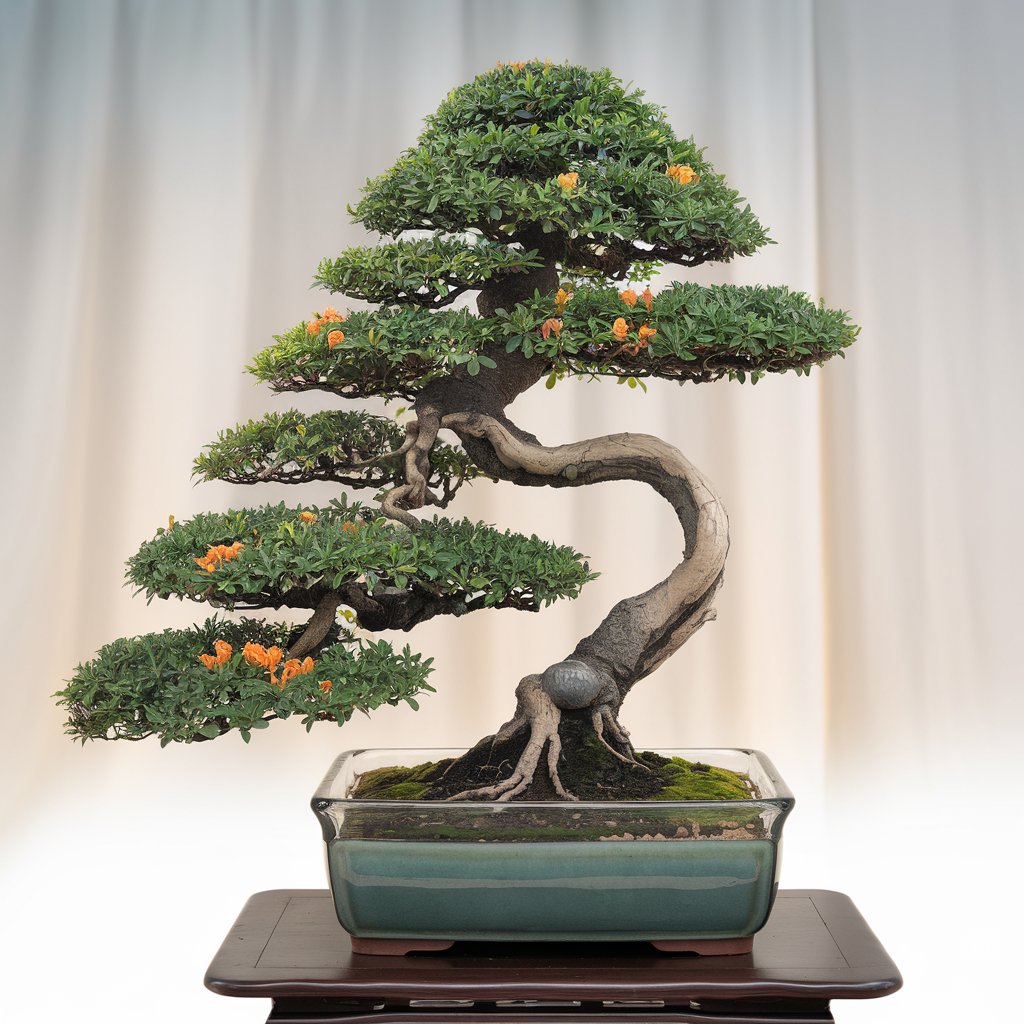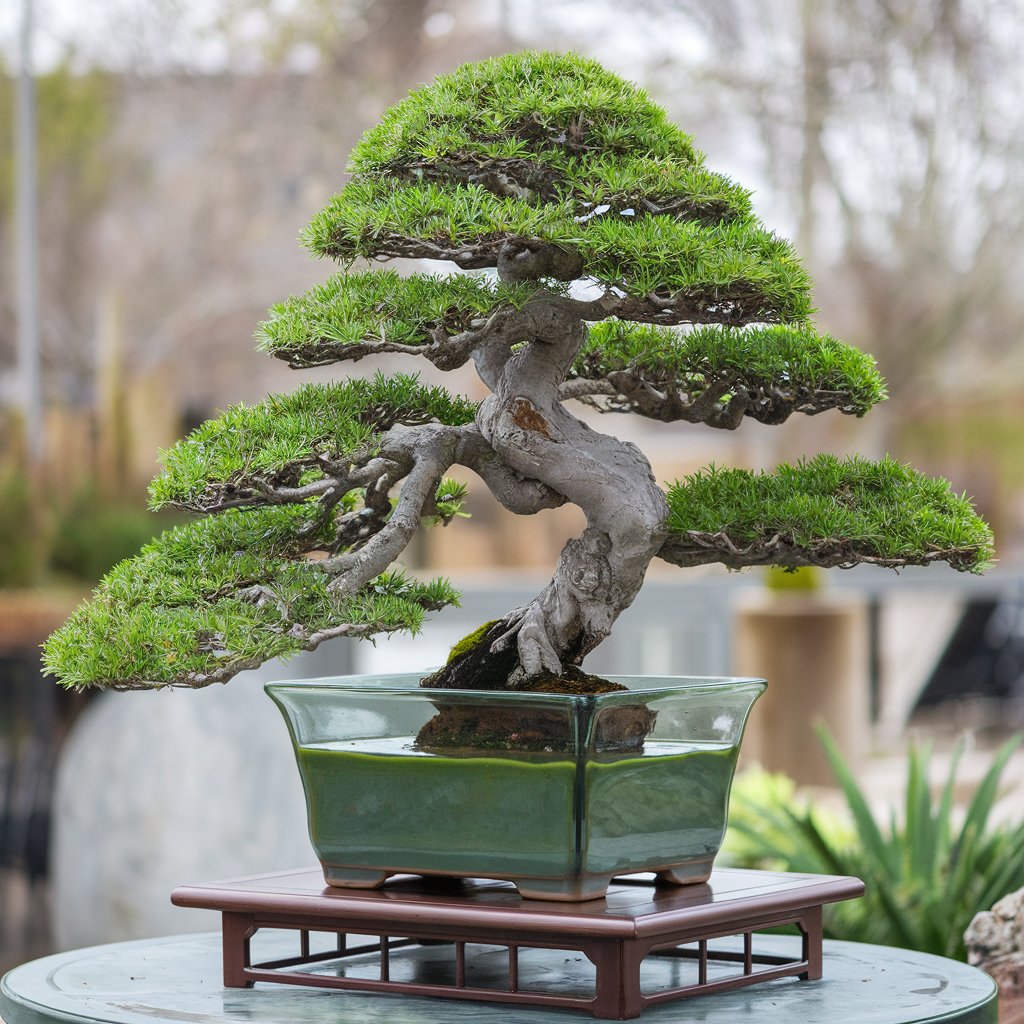The history and cultural significance of Bonsai trees in East Asia are deeply rooted in the region’s rich cultural heritage. The art of growing Bonsai trees originates in the Chinese Empire, specifically from the ancient Chinese tradition of penjing, or the art of depicting artistically formed trees, other plants, and landscapes in miniature. The earliest illustration of a penjing is found in the Qianling Mausoleum murals at the Tang-dynasty tomb of Crown Prince Zhanghuai, dating to 706.
Bonsai trees were originally cultivated by Buddhist monks in China during the first millennium C.E.. Their goal was to create a spiritual practice that would inculcate mindfulness and reflection. The art form was later adopted by Japanese monks and scholars, who imported penjing techniques and began cultivating their own miniature trees. During the Kamakura period, the Japanese copied and adapted the art of growing Bonsai trees, making it an unmistakable part of Japan’s traditional culture and plastic arts.
In East Asia, Bonsai trees hold significant cultural and spiritual value. They are not just aesthetically pleasing, but also evoke reflection on the viewer’s part and ingenuity on the grower’s part 5. The provenance of a Bonsai tree, its origin, lineage, and history, is a captivating subject that intertwines art, culture, and heritage 7. Bonsai trees are also influenced by Zen Buddhism, which emphasizes the importance of mindfulness and meditation 8.

To grow in any direction is still growth.
In addition to China and Japan, Southeast Asia also has its own unique regional styles of Bonsai, which converge with lush tropical landscapes and ancient cultural traditions 9. The cultural significance of Bonsai trees in East Asia is a testament to the region’s rich cultural diversity and its ability to adapt and evolve traditional art forms.

